Ground shipping is currently paused. Local deliveries throughout Long Island will continue as usual. Pre-orders for fall are now open. Non-local orders will begin shipping again in early September. Click here to learn more.
Ground shipping is currently paused. Local deliveries throughout Long Island will continue as usual. Pre-orders for fall are now open. Non-local orders will begin shipping again in early September. Click here to learn more.
| Size | 4" Pot (Quart), Flat of 50, Flat of 72, Gallon, 2 Gallon, 3 Gallon, 5 Gallon, B&B (2-3 ft.), B&B (3-4 ft.) |
|---|---|
| Common Name | |
| Type | |
| Family | |
| Native? | |
| Zone | – |
| Height Range (ft.) | 6.00 to 10.00 |
| Spread (ft.) | – |
| Bloom Time | |
| Bloom Description | Yellowish-green |
| Sun | |
| Water | |
| Fruit | |
| Maintenance | |
| Suggested Use | |
| Attracts | |
| Flower | |
| Growth Rate | |
| Other |
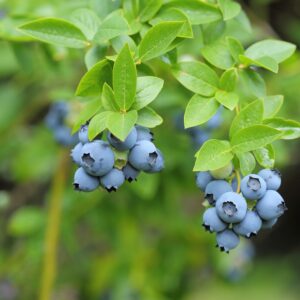
Myrica pensylvanica – Northern Bayberry is a hardy, salt-tolerant shrub with aromatic foliage and silvery-gray berries that feed birds through winter. Thriving in sandy, coastal, or poor soils, it’s perfect for naturalized landscapes, erosion control, and wildlife-friendly gardens.
$12.99 – $365.99Price range: $12.99 through $365.99
Please note: Sizes 1.5 Gallon and up can’t be shipped outside the counties of Nassau, Suffolk, and Queens.
Learn more about how the process works and how our plants are delivered.
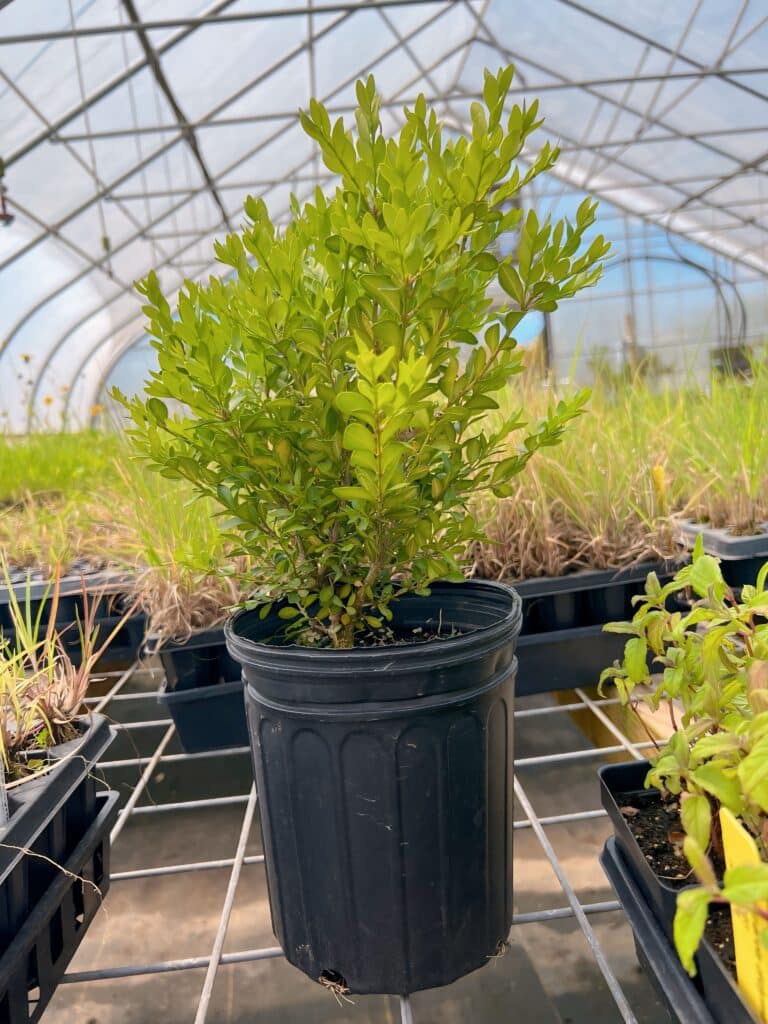
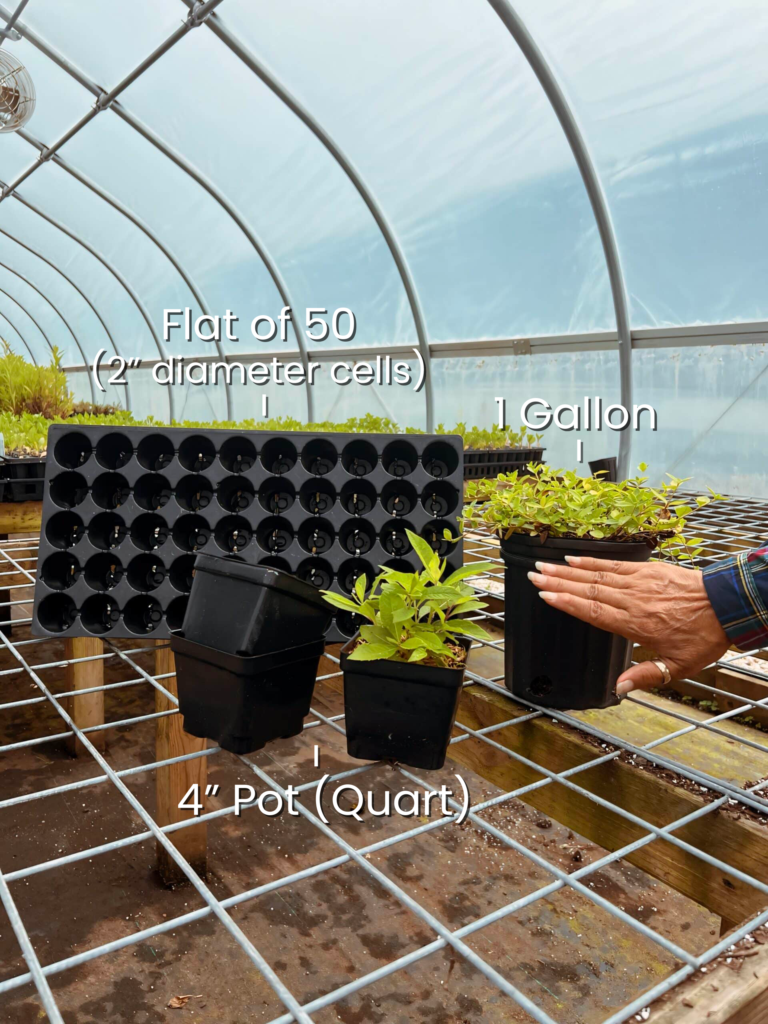
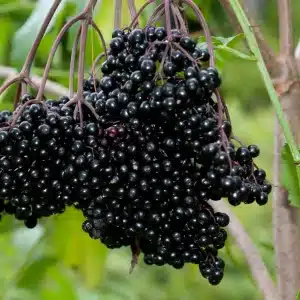
Ground shipping is paused due to summer heat. Only local delivery (Long Island & Queens) is available. Orders placed during the pause will begin processing September 1, and ground shipping will resume September 15.
| Size | 4" Pot (Quart), Flat of 50, Flat of 72, Gallon, 2 Gallon, 3 Gallon, 5 Gallon, B&B (2-3 ft.), B&B (3-4 ft.) |
|---|---|
| Common Name | |
| Type | |
| Family | |
| Native? | |
| Zone | – |
| Height Range (ft.) | 6.00 to 10.00 |
| Spread (ft.) | – |
| Bloom Time | |
| Bloom Description | Yellowish-green |
| Sun | |
| Water | |
| Fruit | |
| Maintenance | |
| Suggested Use | |
| Attracts | |
| Flower | |
| Growth Rate | |
| Other |
Bring beauty and functionality to your garden with Myrica pensylvanica, commonly known as Northern Bayberry. This versatile, semi-evergreen shrub is prized for its glossy, aromatic foliage and silvery-gray berries, which persist through winter and provide visual interest as well as a valuable food source for birds. Highly adaptable and salt-tolerant, Northern Bayberry thrives in challenging conditions such as sandy soils, coastal landscapes, and urban environments, making it an ideal choice for naturalized plantings, hedges, or erosion control.
Why Choose Northern Bayberry?
Cultivation Tips
Design Ideas for Your Garden
Northern Bayberry is ideal for naturalized landscapes, erosion control, or creating hedges and borders. Use it in coastal gardens or sandy areas where other plants struggle, or pair it with other salt-tolerant natives like Beach Plum or Switchgrass for a cohesive, eco-friendly design. Its berries and aromatic foliage also make it a valuable addition to wildlife-friendly gardens.
Ecological Benefits
Myrica pensylvanica supports local ecosystems by providing food for birds and small mammals during the winter months. Its dense root system stabilizes soil, preventing erosion in coastal or sandy environments. Additionally, Northern Bayberry improves soil fertility by fixing nitrogen, benefiting nearby plants.
Add Myrica pensylvanica – Northern Bayberry to your garden for its resilience, beauty, and ecological value. This hardy native shrub is a standout choice for sustainable and low-maintenance landscapes.
/5
Total reviews
|
|
Persons recommended this product
Anonymous
Shopper
check_circle Verified
Shop owner replied
Was this helpful
Anonymous
Shopper
check_circle Verified
Shop owner replied
Was this helpful
There are no reviews yet.
Be the first to review “ ”
Your feedback helps us improve our service.
Please log in to submit a review.
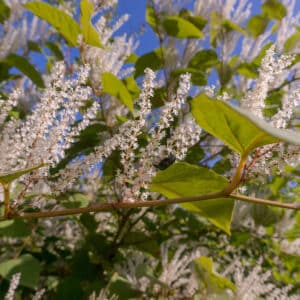
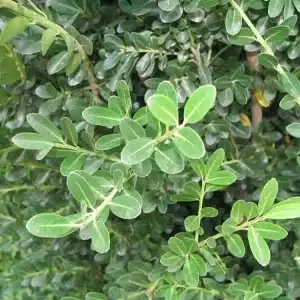

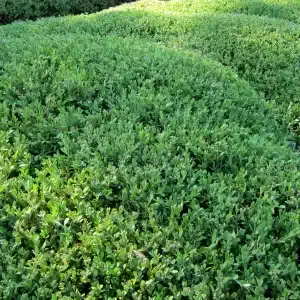
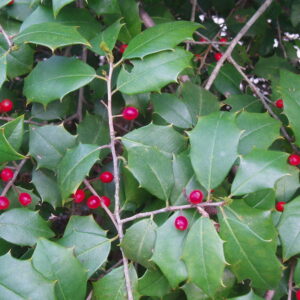
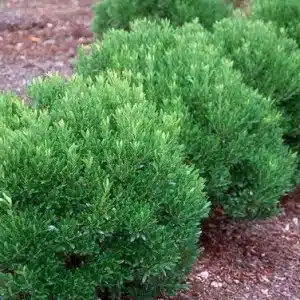
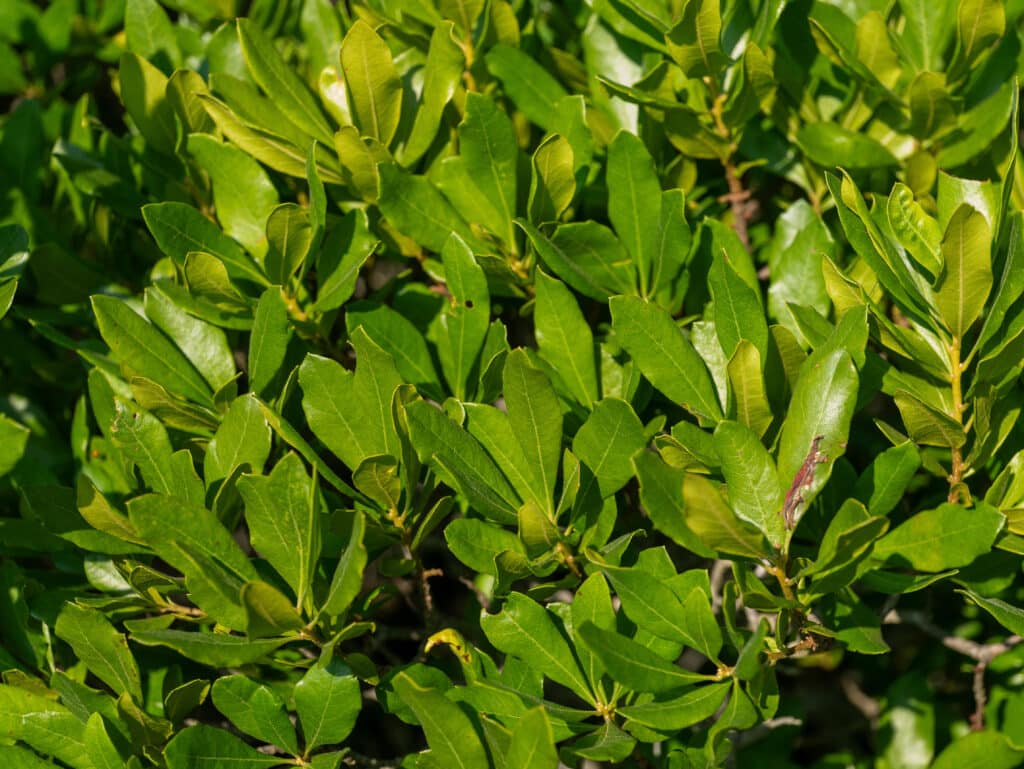
Northern Bayberry thrives in full sun to partial shade and prefers dry to medium, well-drained soils. It is highly adaptable, tolerating poor, sandy, or heavy clay soils, and is notably salt-tolerant, making it suitable for coastal landscapes and urban environments
This deciduous shrub typically grows 6 to 10 feet tall with a similar spread, forming a dense, rounded habit.
Yes, Northern Bayberry is dioecious, meaning male and female flowers are on separate plants. Female plants produce small, waxy, gray berries that persist through winter, providing visual interest and serving as a food source for birds. To ensure fruit production, it’s essential to have both male and female plants in proximity.
Yes, Northern Bayberry’s persistent berries are a valuable food source for various bird species, especially during winter months. Additionally, its dense foliage offers excellent cover and nesting sites for birds and small mammals
No, it is considered a low-maintenance plant. Once established, it requires minimal care, is drought-tolerant, and can thrive in infertile soils due to its ability to fix atmospheric nitrogen
Our gift cards make it easy to share the beauty of plants, flowers, and all things green. Whether for a special occasion or just because, give the gift of choice and let them select their favorites to create a garden they’ll cherish.
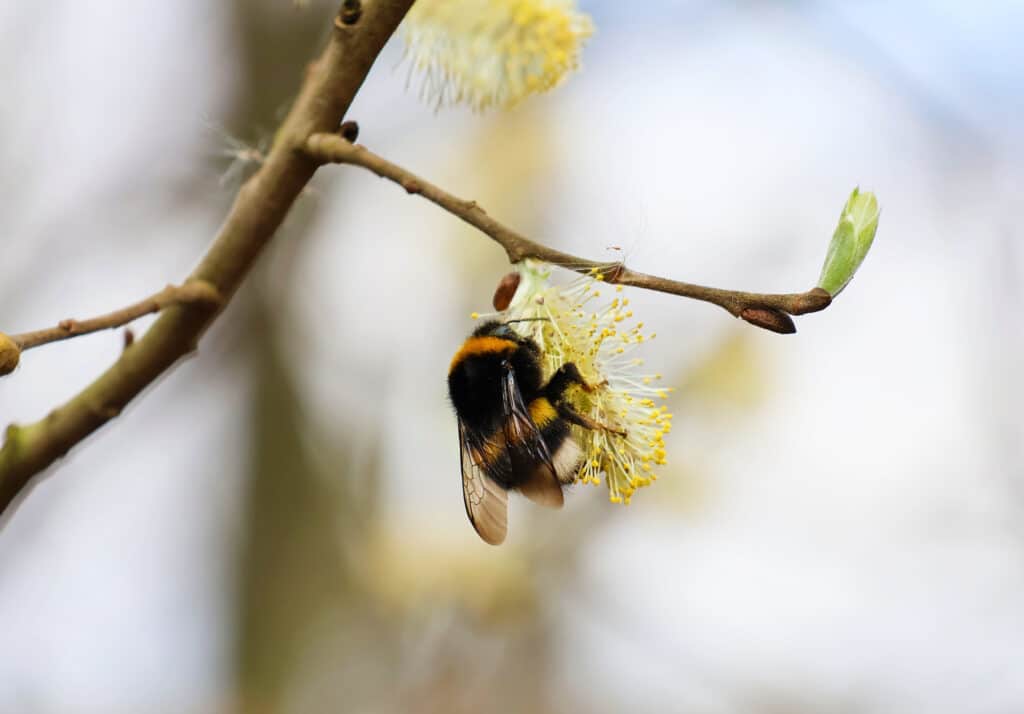
Only Local Delivery Available (Long Island & Queens)
Ground Shipping Paused
To protect our plants from extreme summer heat, we’ve paused nationwide ground shipping to avoid any damage during transit.
Local Delivery Only
We’re still delivering locally to Long Island and Queens, so nearby customers will continue to receive orders as usual.
Fall Pre-Orders Are Open Nationwide!
We will resume normal shipping for non-local orders placed during the pause in early September.
Thank you for your support and understanding—we’re looking forward to growing with you this fall!